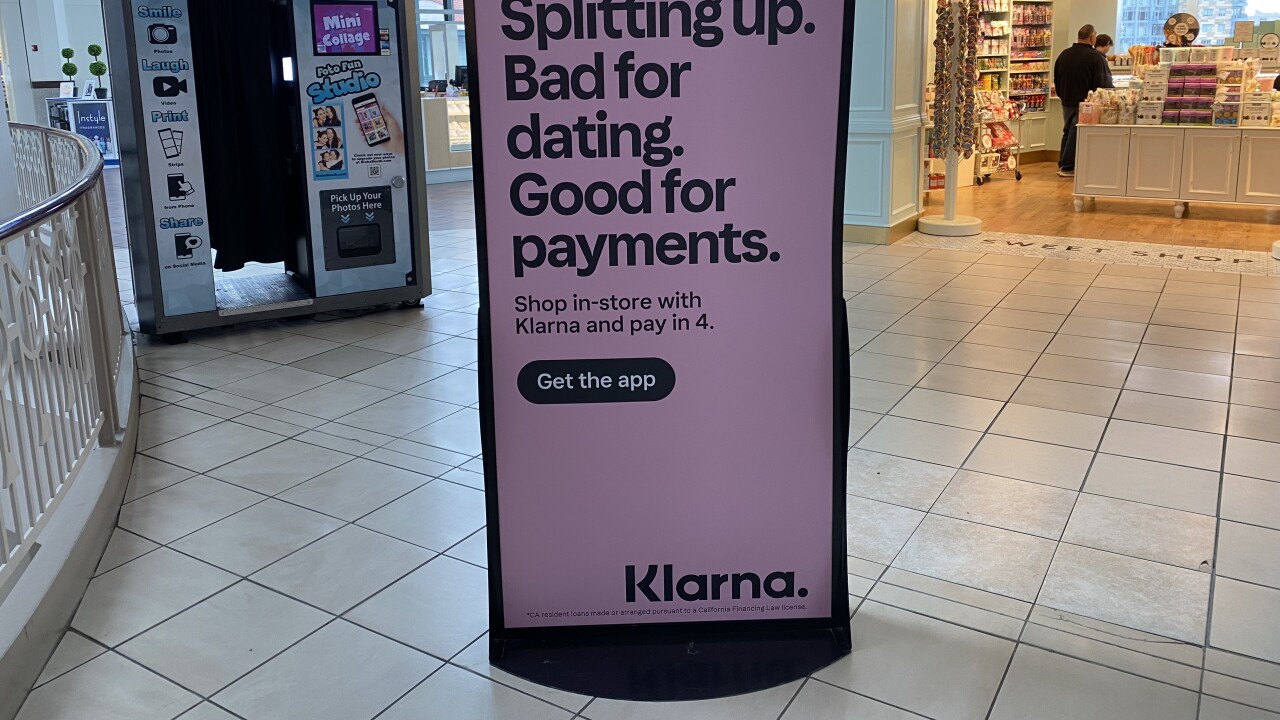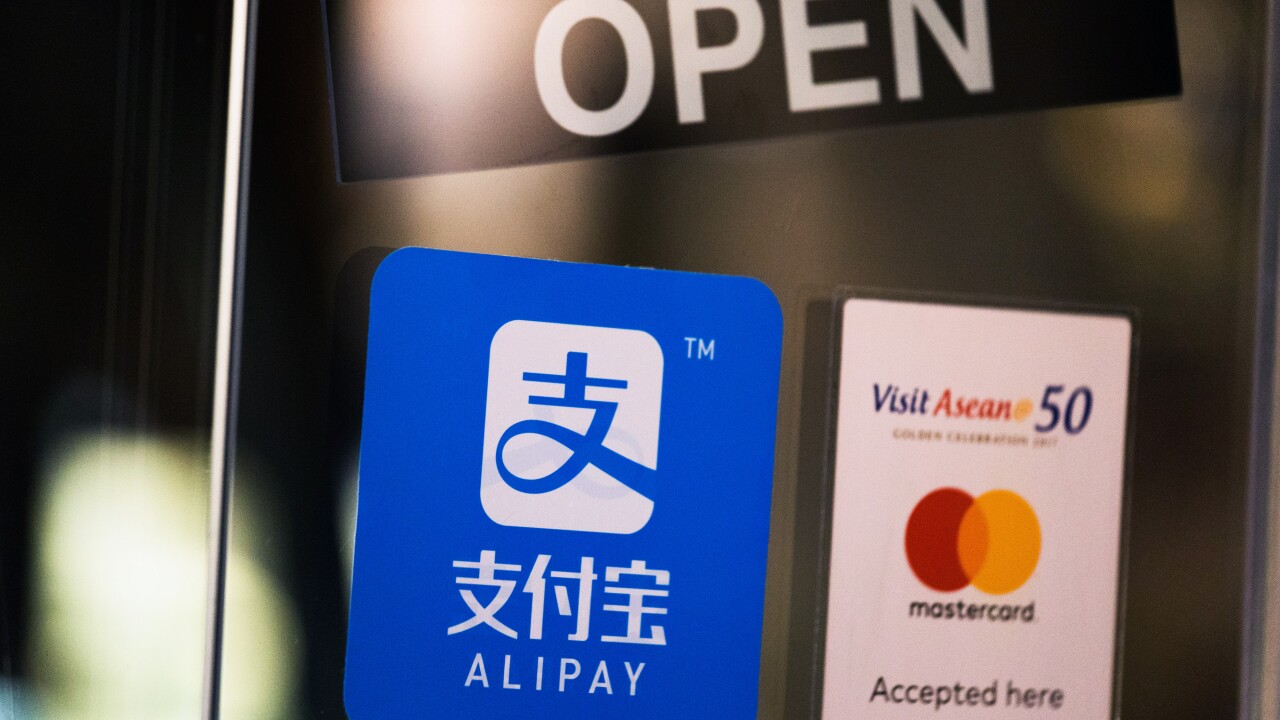To build their executive presence in meetings and on video calls, junior employees should embrace flexible schedules — and possibly media training, Michelle Young of Worldpay and Anna Greenwald of MoneyGram International said at American Banker's Payments Forum.
-
U.S. customers who have previously used Sweden-based Klarna's buy now/pay later financing — and paid off their loans in full — will be prequalified for interest-bearing loans through a new version of the Klarna Visa card rolling out later this year.
April 17 -
Ant Group's Alipay is linking to Pakistan's NayaPay as part of a push to support tourism to China, Revolut has obtained a license from Mexico's National Banking and Securities Commission, and more.
April 17 -
-
When its broad-spectrum payment card fraud-detection filters generated too many false alarms, FIS implemented AI to help banks prioritize which types of fraud to investigate first, in part by muting lower-risk notifications.
April 16 -
Industry body UK Finance is expanding its pilot of an experimental shared ledger to track banking payments, hoping to join some of the dots in the nascent world of digital assets.
April 16
American Banker's Most Influential Women in Payments share their views on artificial intelligence, hybrid offices, real-time payments and more.
Honorees from 2024's Most Influential Women in Payments, representing companies such as MoneyGram, Walmart, Segpay and more, share insights into how how artificial intelligence is changing their companies and their industry.
-
Companies are taking vastly different approaches to how they implement generative AI, whether it's to empower employees or to overhaul the way they bring products to market.
April 15 -
With the cruise industry gaining steam after the pandemic, it no longer made sense to force passengers to sign up for a credit card with paper forms. The new process allows applicants to obtain credit they can use in any port — including Carnival's upcoming private island in the Bahamas.
April 12 -
To protect their own talent pipeline, financial companies need to make sure that they're not only protecting the entry-level roles that AI threatens to take over, but getting the enthusiastic buy-in of the people most likely to be affected, according to experts from Fiserv, Segpay and Featurespace.
April 11 -
Mastercard established a new structure for businesses focused on card acceptance and transaction processing, new payment flows and value-added services. Separately, the Federal Reserve Bank of New York is joining several countries' central banks in a test of tech to support cross-border transactions.
April 10 -
It's a substance that literally grows on trees, and is just as compostable. But like any other proposed alternative to first-use plastic, wood comes at a premium to any issuers that want to adopt it.
April 9
















